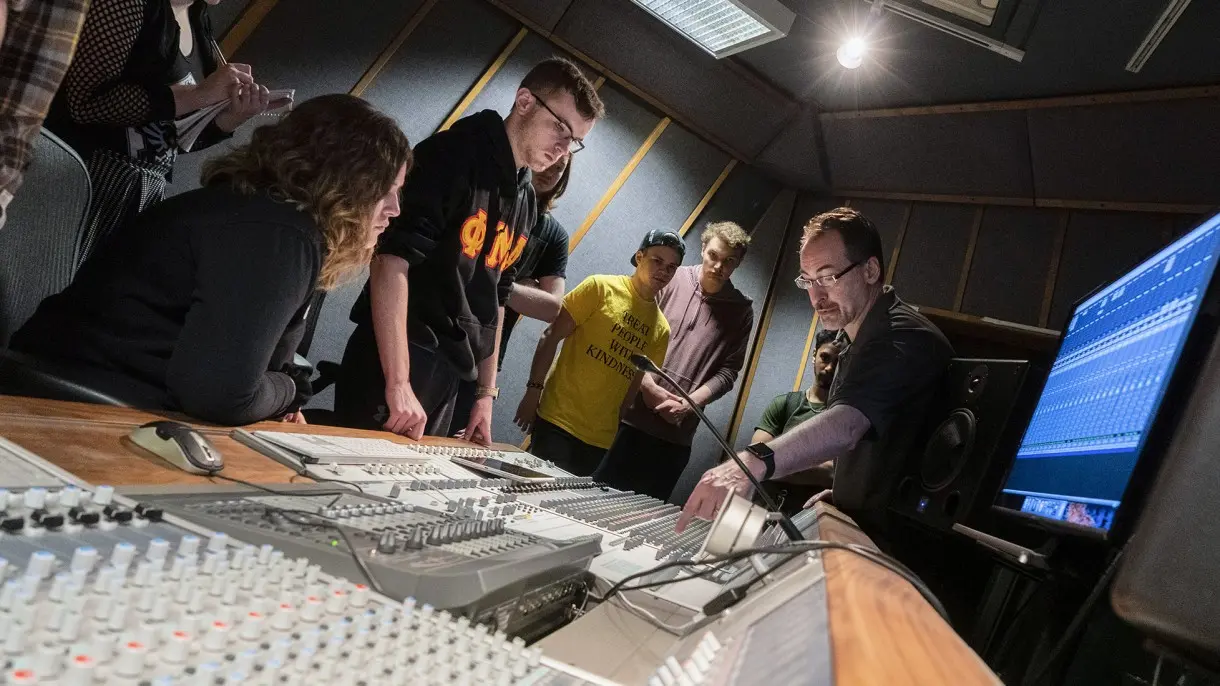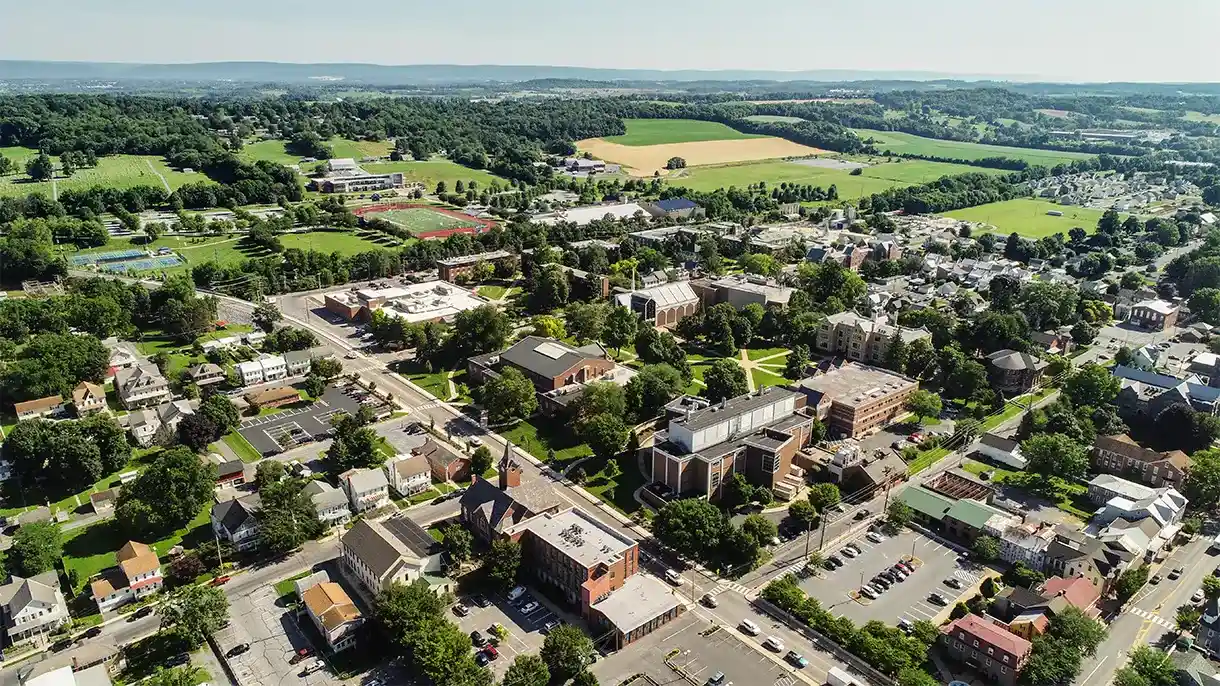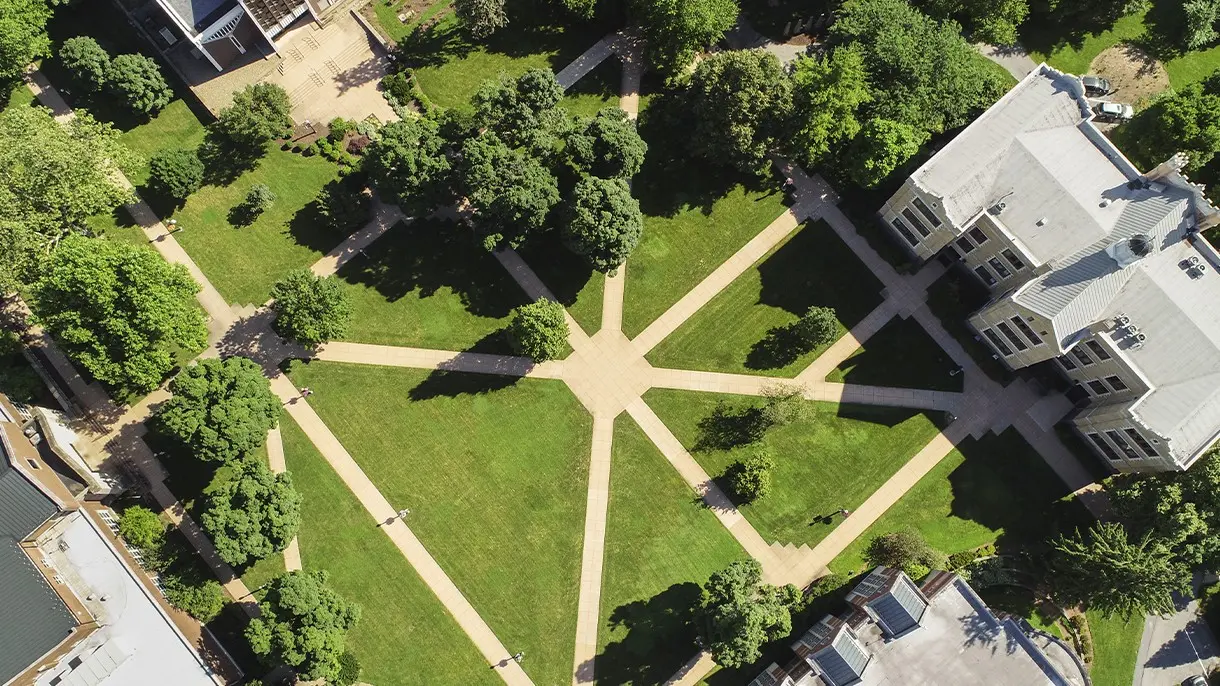When Morgan Martin ’21, M’22 stepped into her role as an athletic trainer at Seymour Johnson Air Force Base, she quickly realized how different the tactical setting was from the college athletics world she knew.
“In the collegiate setting, I would have a rush of patients 2–3 hours before practices or games,” she said. “Due to the volume of patients, encounters would be maybe 10–15 minutes.” At the base, appointments are more evenly spread out and often longer. “I really enjoy the work-life balance. The schedule is very consistent, and there is no expectation to have correspondence with patients when you are not ‘on the clock.’”
Martin collaborates closely with a team that includes physical therapists, strength coaches, massage therapists, and cognitive performance specialists. “There are quite a few cases and conditions we see here that I would not have seen in athletics, so being able to bounce ideas off other providers and talk through cases has been beneficial,” she said.
She’s also adapted her documentation style to meet government standards. “It’s a good habit to build and has standardized my evaluations, which is a skill that can carry over into other settings.”
Unlike in sports, where acute injuries are common, Martin sees more chronic conditions—muscle imbalances, tightness, and overuse injuries. “We are often evaluating and treating conditions with an insidious onset or without structural compromise,” she said. Each case depends on the patient’s goals and time. “Ultimately, we focus on whatever the patient has time to do on any given day.”
One of the biggest adjustments for Martin was learning military culture. “There has been a learning curve with vocabulary and culture for me,” she said. “But the patients I see are eager to talk about what they do, and I utilize that to my full advantage.”
She also finds herself introducing the profession to patients who may have never encountered an athletic trainer before. “A lot of the population we work with may have never interacted with an athletic trainer because they didn’t play sports in a context or setting where an AT was available—or never played sports at all,” she said. “Some patients may have never even heard of athletic training before walking into our office, so there’s definitely an educational aspect to the role in this setting.”
The change in environment has also allowed Martin to spend more time on thorough evaluations. “Posture has become a big part of my routine evaluation,” she said. “It gives a lot of information as far as root causes of pain.”
Ultimately, Martin sees herself as a bridge to care. “Without providers like ATs made easily accessible, a lot of the patients we see likely wouldn’t otherwise seek care,” she said. “Many of the cases we see are issues a patient can function through if they must, but with pain, which is not healthy or sustainable.”
Her experience in the tactical setting has expanded her view of the profession. “It has widened my lens beyond ensuring an athlete is able to participate in their four years,” she said. “Now, I think about what their quality of life will look like when the game is over. That goes into the bigger picture of seeing patients beyond their identity as an athlete or their job title. I think part of being a skilled healthcare provider is building rapport and trust with patients by learning about them outside of why they are seeking your care.”
While she misses some aspects of collegiate athletics, like wound care, Martin said she’s happy where she is. “I have a lot to learn here… It has the kind of culture you’re just excited to be part of.”
She credits LVC with preparing her to succeed in unfamiliar territory. “My final clinical experience with a rugby team in Texas made me comfortable with not knowing and having a willingness to learn,” she said. “I enjoy talking to people who are passionate about what they do and learning something from it, and I realized that about myself through my clinical experience as a student.”
Her advice for students entering the profession is simple: stay connected. “Keep in touch with your preceptors and professors… The AT world is a small one so make as many connections as possible.”


